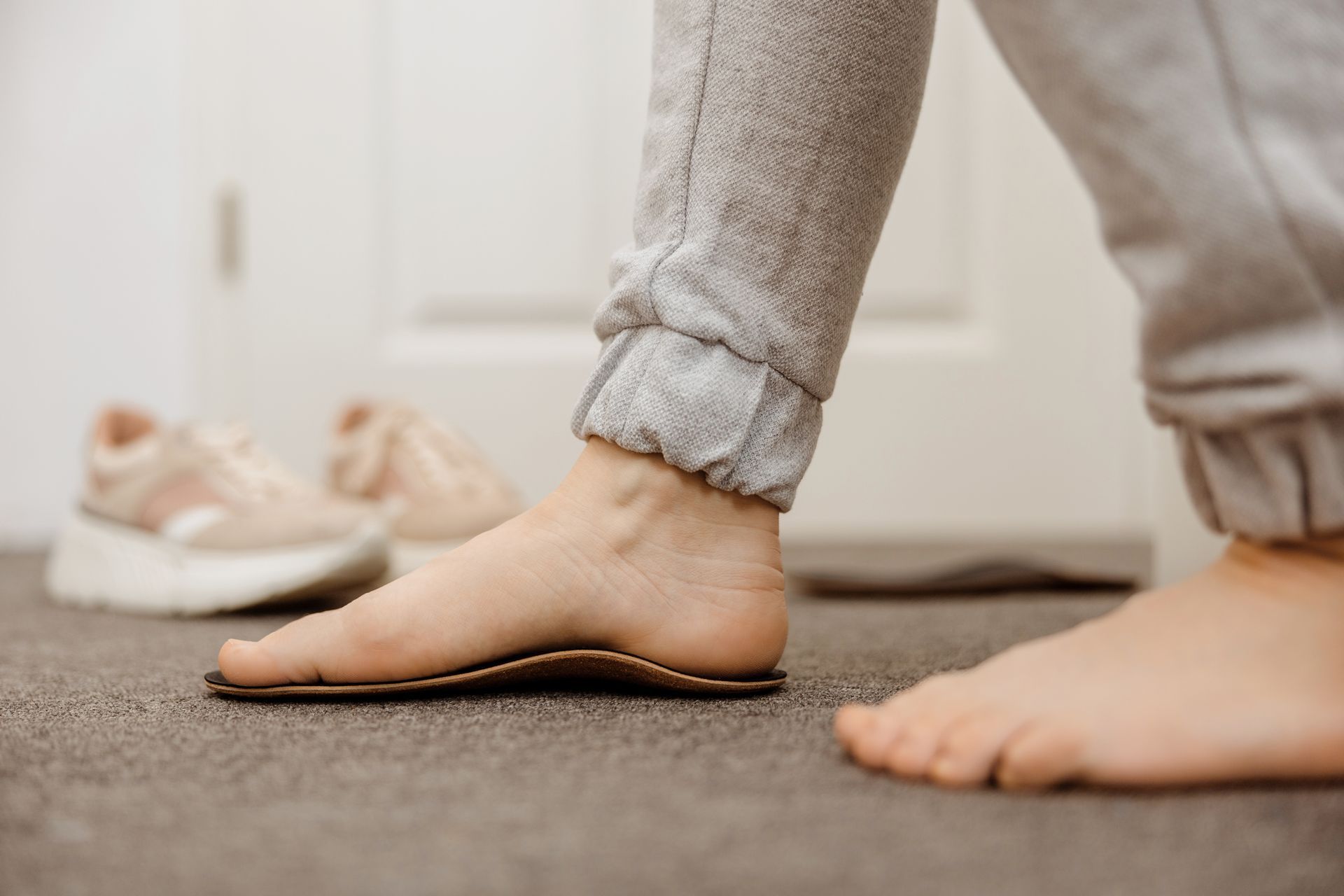Our Ballantyne Podiatrist Answers FAQs About Foot Surgery!
If you are having an upcoming foot surgery in Ballantyne, or suspect that you may require foot surgery sometime in the near-future, you may have a lot of questions about the treatment and recovery process. In today’s post, our Ballantyne podiatrist answers some of your most frequently asked questions about foot surgery.
What factors do I need to consider before pursuing foot surgery?
If other methods have failed to resolve your foot or ankle pain, surgery will almost always provide pain relief and return to normal function. However, it is important to consider that recovering from foot surgery typically requires six to eight weeks, during which time you will likely need to wear a walking cast and/or avoid putting weight on the extremity. Since this will significantly impact your ability to live a normal lifestyle, it is important to discuss with your podiatrist whether the long-term benefits of foot surgery outweigh the short-term inconvenience.
Why do the foot and ankle take so long to heal?
The foot is the first weight-bearing structure to hit the ground, and as such, it needs to absorb greater impact and disperse greater force than any other joint in the body. Add to that the notable complexity of the foot/ankle structure, and you can understand why it can take a long time for the foot and ankle to be able to handle normal weight loads without pain or risk of further damage.
What are most common minor risks of foot and ankle surgery?
Most foot surgery complications are minor and will not affect final outcome of the treatment. Potential risks include:
- Swelling
- Numbness
- Excessive scar tissue
- Superficial infections
In some cases, patients may experience continued pain, recurrence of the problem or deformity, or delayed or nonunion of bone correction. In these instances, the patient may need to undergo another treatment.
What are some of the more serious complications of foot and ankle surgery?
Serious complications of foot surgery are rare, but no surgery is entirely without risk. The three most potentially serious complications following surgery are:
- Osteomyelitis (bone infection)
- DVT (deep vein thrombosis or blood clot)
- CRPS (Complex Regional Pain Syndrome).
Ryan Foot & Ankle Clinic has standard procedures in place to quickly recognize and treat these complications when they arise, so that long-term complications can be minimized. Additionally, many complications can be prevented by allowing your podiatrist to thoroughly and comprehensively assess your health prior to surgery. It is important to disclose any and all symptoms you are experiencing, other conditions you might have, and medications/herbal supplements you are taking to your provider prior to surgery.
This concludes Part 1 of our Foot Surgery FAQs series. If you need a podiatrist in Ballantyne and would like to schedule an appointment, click here.











